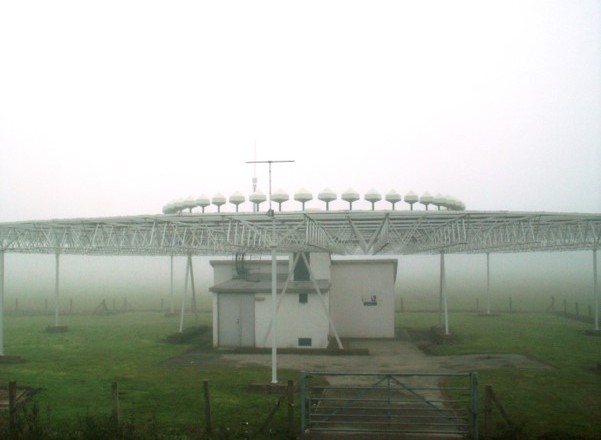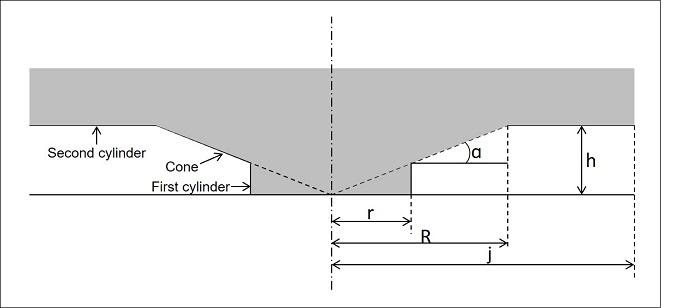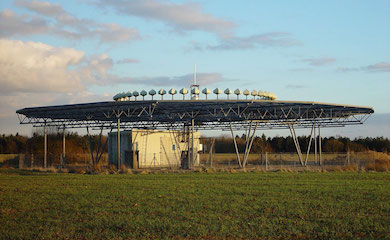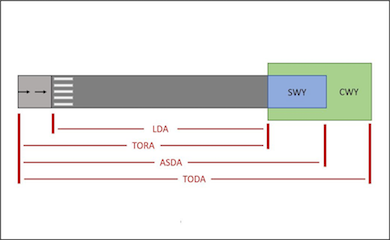Navigation aids at airports
Airports utilise a wide range of technology to improve the navigation and general safety of aircraft. Some systems, such as radar, are fairly well known to most people. Others are more esoteric, such as Instrument Landing Systems or Very High Frequency Omnidirectional Range beacons. Building developments proposed near airports can interfere with navigation aids, causing objections, delays or even refusal of proposed developments near airports.

Figure 1: A VOR installation
Types of impact
Potential impacts are tied to the function of the navigation aid in question, and as such the issues vary from one case to another. There are commonalities, however. Navigation aids generally rely on the transmission of radio signals from an installation on the ground to an aircraft and/or from the aircraft to the installation on the ground.
Building developments can cause a problem by blocking and/or reflecting these signals, disrupting the intended communication path. It is possible for concerns to be raised over emissions from a new development affecting electronic equipment, including navigation aids, but this is rare in practice.
Protection rules for navigation aids
The criteria for protecting navigation aids against interference can vary from one country to another, and even from one stakeholder to another. However, installations are typically safeguarded via imaginary planes with defined geometries depending on the navigation aid’s function. This is similar to the approach for managing collision risk at airports via Obstacle Limitation Surfaces.
The parameters for the surfaces themselves are typically defined by a country’s Civil Aviation Authority, or by the International Civil Aviation Organisation (ICAO). It is common for the guidance to allow a degree of flexibility whereby the stakeholder who operates the navigation aid has a say in what the safeguarding rules are.

Figure 1: Building restricted area format from ICAO
Developments that require assessment
Due to the varying parameters pertaining to protection of navigation aids, it is difficult to quantify the precise criteria for an assessment requirement. However, a good starting point is to consider whether a development is within fifteen kilometres of a major airport. If so, it is possible that a detailed assessment would be required.
There can be navigation aids that are not located at airports themselves. For example, Air-Ground-Air installations facilitate voice communication between pilots of aircraft and stations on the ground. Such installations are often located on high ground away from airports themselves.
In general, buildings are more likely to present a hazard if they are physically large/tall than if they are small. Furthermore, effects are more likely to be pronounced if the new building is significantly larger than those around it.
What to do
When proposing a new development, it is important to understand the surrounding environment in an aviation context. If the development is within 15 km of an airport, or a stand-alone navigation aid, further assessment is advisable.
It should be ascertained what type of navigation aids are present in the surrounding environment. The safeguarding rules should be ascertained based on the country and the stakeholder in question. Technical assessment and engagement with the operator of the navigation aid should then be progressed.
Pager Power
Pager Power has been conducting aviation assessments since the early 2000s. The company has developed good relationships with aviation stakeholders in many countries and assisted in overcoming aviation issues for numerous projects (see our projects page for more information). If you wish to discuss any of your existing or upcoming projects, please do not hesitate to contact the team.



